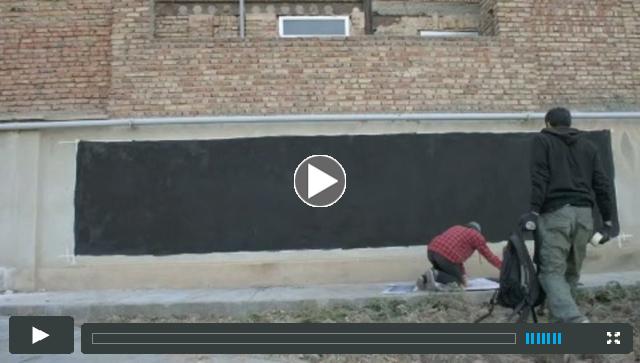|
Arresting the cycle of violence
 | |
Photo by Aaron Tang. Used under CC Attribution 2.0 Generic license.
|
By Dr. Kathie Malley-Morrison
As of this writing, Dzhokhar Tsarnaev, the "second suspect" in the Boston Marathon tragedy, is still alive. We should all pray that he recovers. We need to hear his story. He needs to tell his story.
How does a young man who features Salaam alaikum (Peace be with you) on his Twitter page become involved with guns and bombs? Some people will manage to see threats hidden in his tweet, "There are people that know the truth but stay silent... Read more...
|
|
African models for nonviolent resolution
By guest author Mbaezue Emmanuel Chukwuemeka
 | |
Women engaged in nonviolent protest in Jos
|
Indigenous African dispute resolution mechanisms include efforts to utilize elders in resolving disputes peacefully. In Rwanda, where the Gacaca system predominated in efforts to resolve issues relating to the 1994 Rwandan Genocide, the traditional role of elders known as Iyangamugayo was emphasized.
The Iyangamugayo were men possessing great wisdom, altruism, and political and economic influence. They encouraged dialogue rather than violence among disputants. The Gacaca system, which was the only justice system in Rwanda before the days of... Read more...
|
|
Historical strands of peace activism
Review of Thomas F. Curran's Soldiers of Peace: Civil War Pacifism and the Postwar Radical Peace Movement. 
By guest author Edward Agro
I'd long been anxious to read Soldiers of Peace, hoping it might shed light on successes as well as missteps in the current-day antiwar movement. And so it has.
The main character in Soldiers of Peace is Alfred H. Love, who was possessed of the idée fixe that the only way to peace before, during, and after the Civil War was to rebuild government and civil society on a Biblical model.
Reading the story of Love and the Universal Peace Union (UPU) he founded... Read more...
|
Children and youth peace corner
Painting for peace
 | |
Kids Love Peace - Icy And Sot - Iran - Tabriz
|
Children can be peace builders. Thousands of children around the world work for peace.
One way they do this is through painting and other forms of artwork.
See, for example, Peace Crafts and Children and the Art of Peace.
Learn how to make art projects that promote peace and learn what
you--and your school or community--can do to join the international effort to be part of children working together for peace through painting.
|